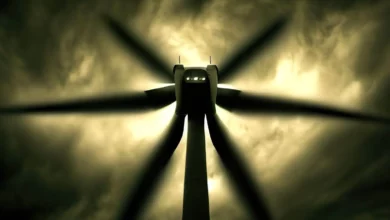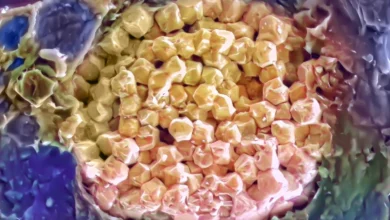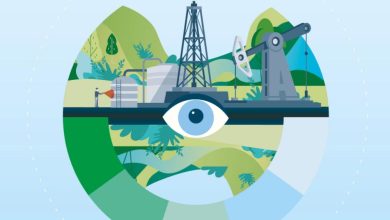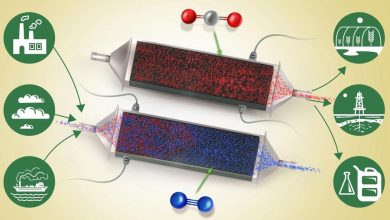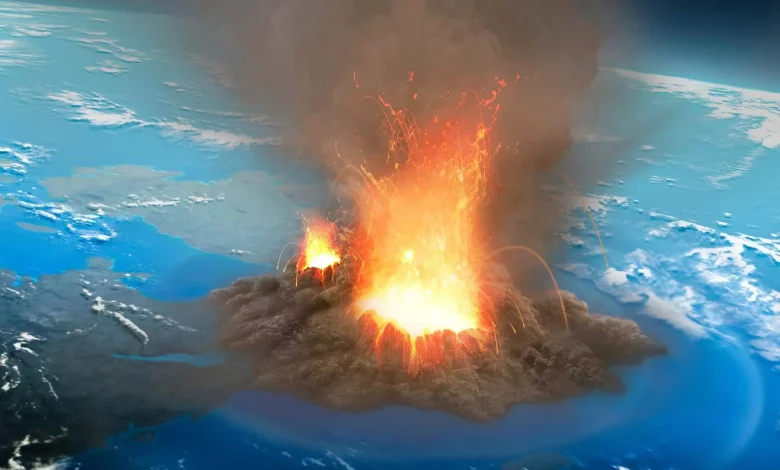
Experts believe a magnitude seven volcano eruption would cause damages comparable to the pandemic.
Experts say that the risk of a catastrophic eruption is “a roll of the dice”.
According to experts from the University of Birmingham and the Centre for the Study of Existential Risk (CSER) at the University of Cambridge, the world is “woefully underprepared” for a catastrophic volcanic eruption and its expected effects on global supply networks, the climate, and food.
They claim that there is a “broad misconception” that the likelihood of massive eruptions is low and call the government’s current lack of investment in monitoring and mitigating possible volcanic catastrophes “reckless” in an article that was recently published in the journal Nature.
However, the researchers contend that protective measures against volcanic destruction can be adopted, including better monitoring, enhanced public education, and magma manipulation, and the resources required to do so are long overdue.
“Data gathered from ice cores on the frequency of eruptions over deep time suggests there is a one-in-six chance of a magnitude seven explosion in the next one hundred years. That’s a roll of the dice,” said article co-author and CSER researcher Dr. Lara Mani, an expert in global risk.
“Such gigantic eruptions have caused abrupt climate change and collapse of civilizations in the distant past.”
Mani likens the threat of a massive eruption to that of a 1-kilometer-wide asteroid hitting Earth. Similar climatic consequences would result from such disasters, but the probability of a volcanic catastrophe is hundreds of times greater than the probability of an asteroid or comet collision.
“Hundreds of millions of dollars are pumped into asteroid threats every year, yet there is a severe lack of global financing and coordination for volcano preparedness,” Mani said. “This urgently needs to change. We are completely underestimating the risk to our societies that volcanoes pose.”
The largest instrumentally recorded eruption ever occurred in Tonga in January. According to the experts, if the eruption had lasted longer, emitted more ash and gas, or happened in a location with essential infrastructure, such as the Mediterranean, global shock waves could have been catastrophic.
“The Tonga eruption was the volcanic equivalent of an asteroid just missing the Earth, and needs to be treated as a wake-up call,” said Mani.
The CSER experts cite recent research detecting the regularity of major eruptions by analyzing traces of sulfur spikes in ancient ice samples. An eruption ten to a hundred times larger than the Tonga blast occurs once every 625 years – twice as often as had been previously thought.
“The last magnitude seven eruption was in 1815 in Indonesia,” said co-author Dr. Mike Cassidy, a volcano expert and visiting CSER researcher, now based at the University of Birmingham.
“An estimated 100,000 people died locally, and global temperatures dropped by a degree on average, causing mass crop failures that led to famine, violent uprisings, and epidemics in what was known as the year without summer,” he said.
“We now live in a world with eight times the population and over forty times the level of trade. Our complex global networks could make us even more vulnerable to the shocks of a major eruption.”
Financial losses from a large magnitude eruption would be in the multi-trillions, and on a comparable scale to the pandemic, say the experts.
Mani and Cassidy outline steps they say need to be taken to help forecast and manage the possibility of a planet-altering eruption and help mitigate damage from smaller, more frequent eruptions.
These include a more accurate pinpointing of risks. We only know the locations of a handful of the 97 eruptions classed as large magnitude on the “Volcano Explosivity Index” over the last 60,000 years. This means there could be dozens of dangerous volcanoes dotted the world over with the potential for extreme destruction, about which humanity has no clue.
“We may not know about even relatively recent eruptions due to a lack of research into marine and lake cores, particularly in neglected regions such as Southeast Asia,” said Cassidy. “Volcanoes can lie dormant for a long time, but still be capable of sudden and extraordinary destruction.”
Monitoring must be improved, say the CSER experts. Only 27% of eruptions since 1950 have had a seismometer anywhere near them, and only a third of that data again has been fed into the global database for “volcanic unrest”.
“Volcanologists have been calling for a dedicated volcano-monitoring satellite for over twenty years,” said Mani. “Sometimes we have to rely on the generosity of private satellite companies for rapid imagery.”
The experts also call for increased research into volcano “geoengineering”. This includes the need to study means of countering aerosols released by a massive eruption, which could lead to a “volcanic winter”. They also say that work to investigate manipulating pockets of magma beneath active volcanoes should be undertaken.
Added Mani: “Directly affecting volcanic behavior may seem inconceivable, but so did the deflection of asteroids until the formation of the NASA Planetary Defense Coordination Office in 2016. The risks of a massive eruption that devastates global society are significant. The current underinvestment in responding to this risk is simply reckless.”
Reference: “Huge volcanic eruptions: time to prepare” by Michael Cassidy and Lara Mani, 17 August 2022, Nature.
DOI: 10.1038/d41586-022-02177-x

